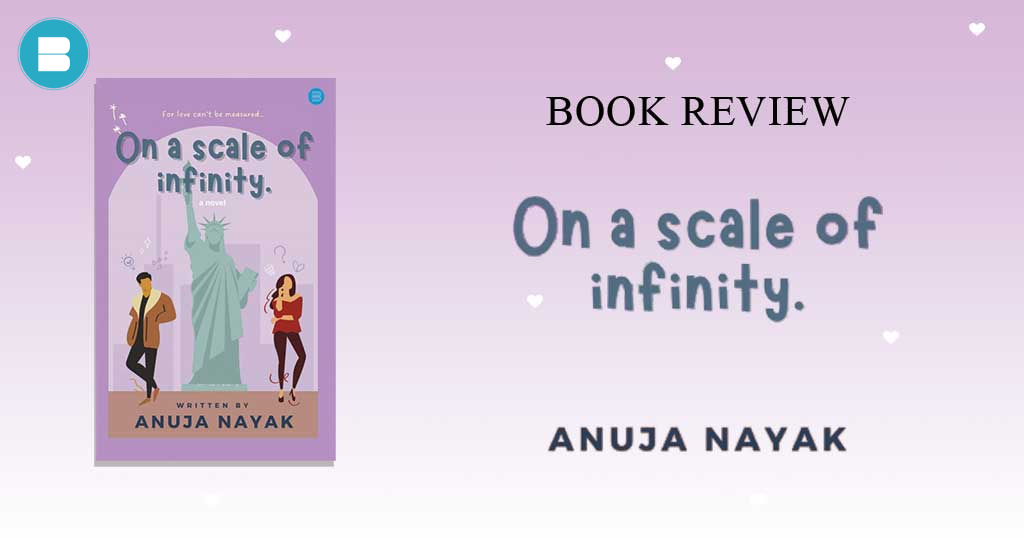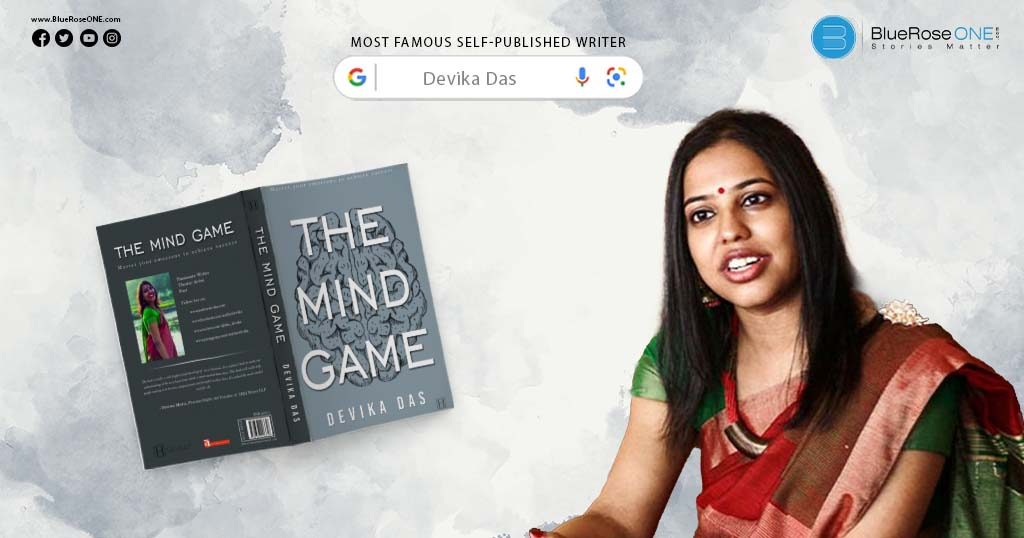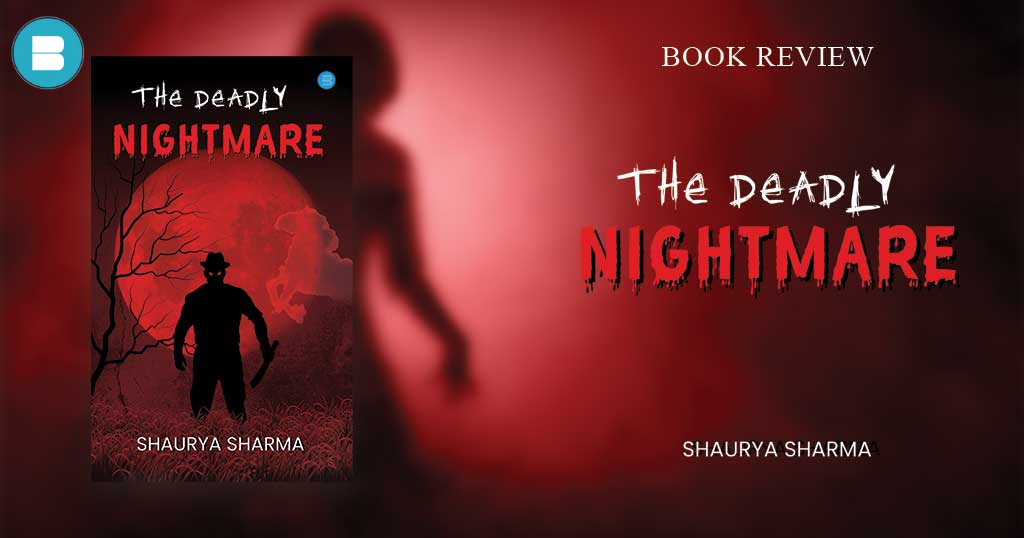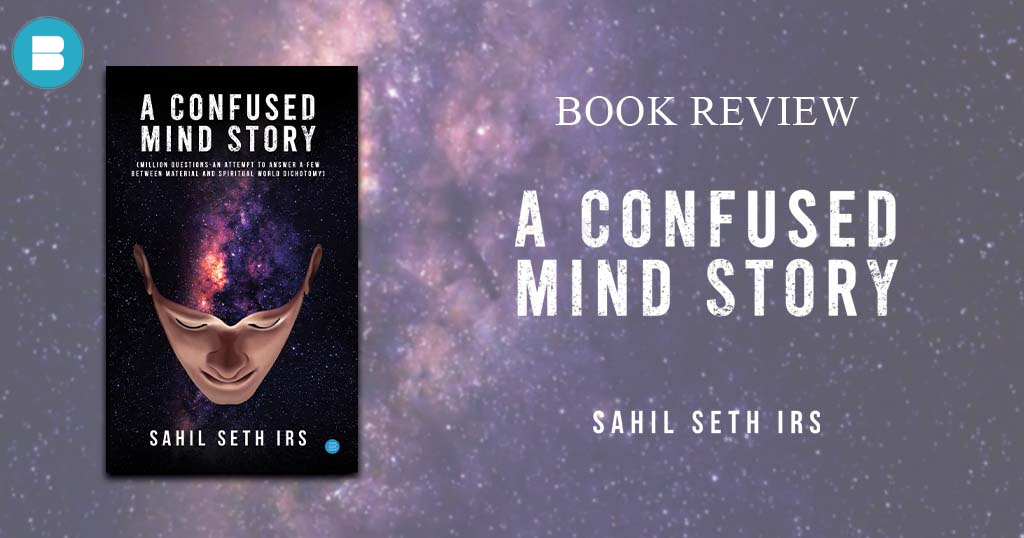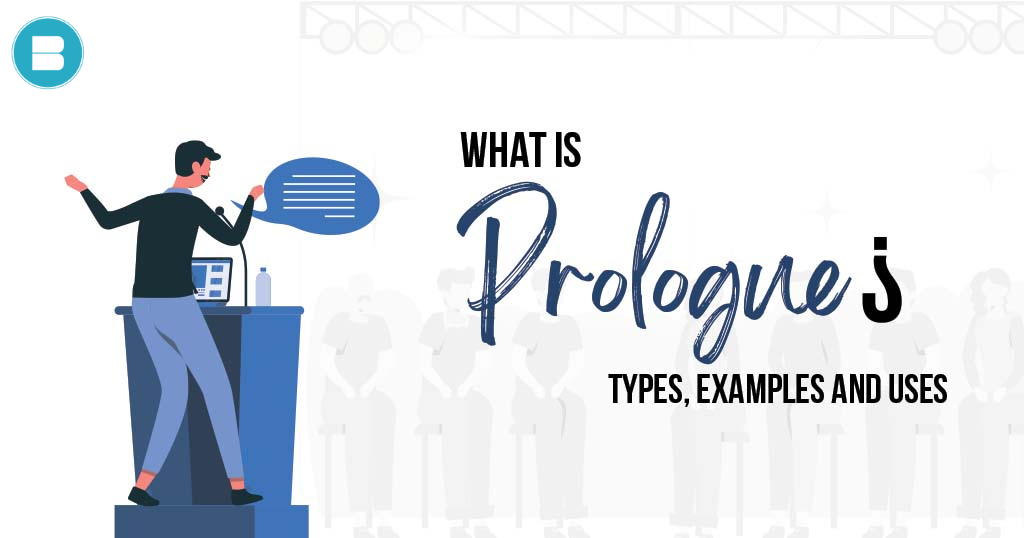
Prologue Explained: Definition, Purpose, and Powerful Examples
Imagine a world where secrets are buried deep and the truth is hidden behind closed doors. A prologue is like a key that unlocks the door to this hidden realm, revealing a glimpse of what lies ahead. It sets the stage for the journey that is to come, providing context and background that will help you navigate the twists and turns of the story. Prologues can take many forms, from an introduction to the characters, to a look into the past that shapes the present. They can be written from a single point of view or from an omniscient narrator, giving you a bird’s-eye view of the world. Think of a prologue as a map, guiding you through the unknown territories of a story. It may not be necessary for every tale, but when used correctly, it can enhance your understanding and appreciation of the journey ahead. So, open the door and step into the world of the prologue, and let the story unfold. You may also read: How to Publish a Book? | Publish Your Book | BlueRoseOne Many people have a doubt “What is Prologue“? Prologue comes from the Greek word –prólogos where ‘pró’ means before and ‘logos’ means word. A prologue is like the curtain raising before the main show, it serves as an introduction to the literary work, setting the scene for the story to unfold. It’s often placed at the beginning, like an overture, to give the audience a glimpse of what’s to come. Now there are three terms used quite a lot Prologue, Preface, and Foreword. They all contain background information and set the story but What is the difference between the three? A prologue is a section that is part of the main story and is used to provide background information, introduce characters or themes, or set the scene for the story that is about to unfold. It is written in the same style and tone as the rest of the book and is often used to provide important information that is needed to understand the story. A preface, on the other hand, is typically written by the author and provides information about the context in which the book was written, the author’s inspiration for the story, or the research that was done to create the work. It is often written in a more personal tone and can give readers insight into the author’s creative process. You may also like: The Mighty Red by Louise Erdrich: A Deep Dive into Her Latest Novel A foreword, meanwhile, is usually written by someone other than the author, such as a literary critic, a historian, or a well-known public figure. It is intended to provide an endorsement or recommendation of the book and to give readers an idea of why the book is worth reading. It often provides an overview of the book’s themes and significance. The main difference between these three is that a prologue is a part of the story, a preface is written by the author, and a foreword is written by someone else. They all provide background information and context to the book, but they come from different perspectives. Now every writer writes a different story, every story needs a unique prologue. Therefore, using these tips to write a prologue will help to ensure that the prologue serves its intended purpose and enhances the overall story. You may also like: Top 10 Real Life Stories to Read Online Prologues, like the first sip of fine wine, are a tantalizing introduction to the literary feast that lies ahead. They come in many forms, each with a unique purpose, much like a wine list that offers a variety of options to suit different palates. So here is your wine list of Prologue – You may also read: The Rise of Shakti By Megha Dinesh: Book Review In conclusion, When writing a Prologue, it’s important to consider if it is necessary, establish the tone and style of the story, provide important background information, hook the reader, keep it short and practice, practice, practice. With these tips, a Prologue can enhance the overall story and serve its intended purpose. Prologues can take many forms, from an introduction to the characters, to a look into the past that shapes the present. They can be written from a single point of view or from an omniscient narrator, giving the reader a bird’s-eye view of the world. Think of a prologue as a map, guiding the reader through the unknown territories of a story. You may also like: The Rise of Audiobooks: A Gamechanger for Modern Bookworms Tell us your favourite prologue and till then… Publish your book for free with BlueRoseONE and become a bestselling author. Don’t let your dream of becoming an author fade away, grab the opportunity now and publish your book – be it fiction, non fiction, poetry or more. Happy Reading!
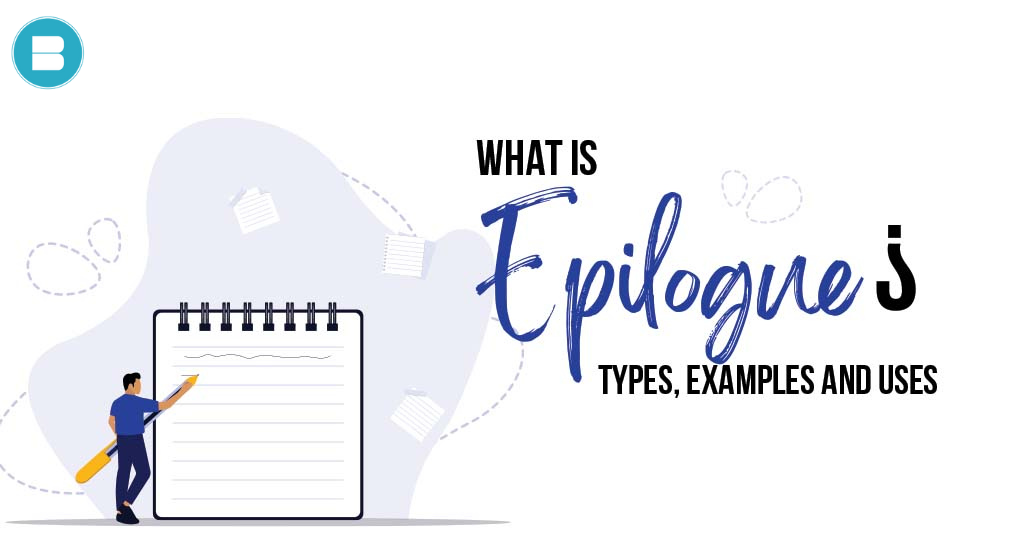
Epilogue: Definition, Types, Uses, & Examples – BlueRoseOne
As the final pages of the book came to a close, the reader couldn’t help but feel a sense of longing for the characters and the world they had come to know so well. But just as all good things must come to an end, so too must all great stories. And thus, the author gifted the reader with an epilogue – a glimpse into the future, a final farewell to the beloved characters, and a tying up of loose ends. The epilogue painted a picture of the characters’ lives after the events of the story, their trials and triumphs, their joys and sorrows. It was a reminder that life goes on, and that the characters, just like the reader, would continue to experience it all. It was a bittersweet goodbye, but also a comforting one, as the reader knew that the characters would always hold a special place in their heart. And as the reader closed the book, they couldn’t help but smile, feeling grateful for the journey they had been on and the memories they had made alongside the characters. The end was only the beginning. Epilogue comes from the Greek word – epílogos where ‘epí’ means in addition and ‘logos’ means word – when combined means conclusion. This word was first used in the 15th century. Every genre, every book, every story, every character has an epilogue of their own because it is something which cannot be duplicated. You may also like: Online Books vs. Traditional Books | Pros and Cons There are many ways to write a beautiful epilogue but here I have mentioned a few pointers that will help you curate a heartwarming epilogue of your book – An epilogue is a powerful tool that can provide closure, reveal characters’ fates, and reflect on the story’s themes. It is the final chapter of a story and must be written carefully to ensure that it serves its purpose and provides a satisfying conclusion to the story. You may also like: 20 Satire Examples in Real-World Every Writer Should Know You may also like: The Rise of Audiobooks: A Game-Changer for Modern Bookworms An example of an epilogue that provides closure is in J.K. Rowling’s Harry Potter and the Deathly Hallows. In the epilogue, set nineteen years after the story’s main events, readers see Harry, Ron, and Hermione all grown up and sending their own children off to Hogwarts School of Witchcraft and Wizardry. This epilogue provides closure by showing that the characters have moved on with their lives and that the story’s conflicts have been resolved. Another example of an epilogue that reveals the characters’ fates is in F. Scott Fitzgerald’s The Great Gatsby. In the epilogue, readers learn that Gatsby’s dream of winning back his lost love, Daisy, ultimately led to his death. This epilogue provides insight into Gatsby’s motivations and serves as a reminder of the tragic consequences of his actions. An example of an epilogue that serves as a reflection on the story’s themes is in Jane Austen’s Pride and Prejudice. In the epilogue, readers see the characters five years after the story’s main events, and it is clear that the main theme of the novel, the need to look beyond first impressions, has been learned and put into practice. The epilogue serves as a reminder of the themes and the moral of the story. So if to put this entire blog in simple words, an epilogue provides the time for readers to reflect on the adventure they’ve just finished. You may also like: Top 10 Real Life Stories to Read Online It gives authors the opportunity to end the novel, but not necessarily without any unanswered questions. Well, you can never let the dear readers not want more… Publish your book for free with BlueRoseONE and become a bestselling author. Don’t let your dream of becoming an author fade away, grab the opportunity now and publish your book – be it fiction, non fiction, poetry or more. Happy Reading!
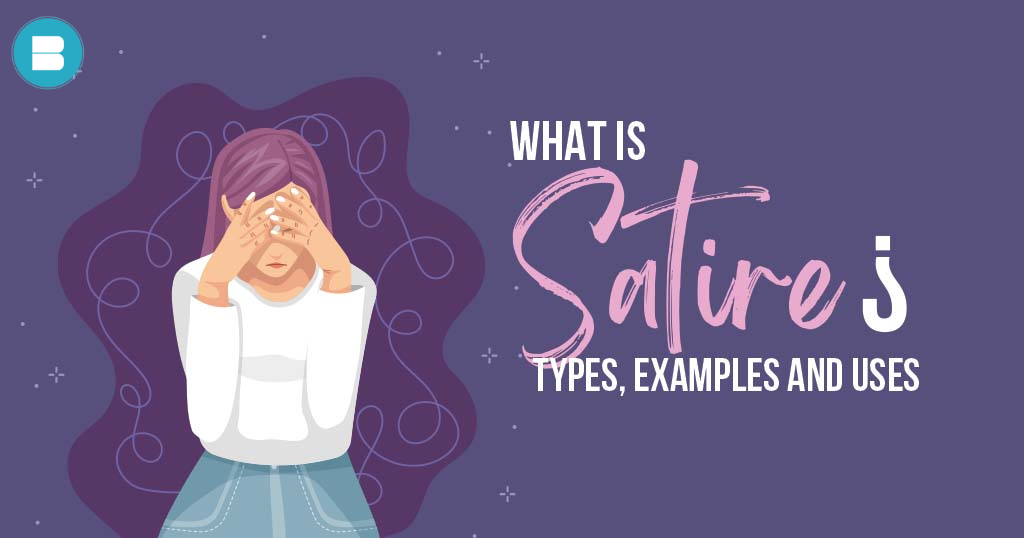
What is Satire: Definition, Types, Uses, & Examples.
Many people have a doubt “What is Satire“? Satire is a literary device that artists use to mock the foolishness and wickedness in human nature and society. It’s like holding a mirror to the world, pointing out its flaws and imperfections with a healthy dose of humor and irony. Read: Here’s a list of 10 Best Libraries in Pune for Bookworms. Satire pokes fun at the absurdity of people’s behavior and ideas, as well as societal institutions and other creations. It uses a variety of tones, from amusement to contempt, to bring attention to the shortcomings of a subject and inspire change. It’s like a gentle nudge, reminding us to take a step back and see the world through a different lens. Satire is not just a form of entertainment, but a powerful way to create awareness and bring about positive change. For example, Jonathan Swift’s “A Modest Proposal,” in which the author provides a remedy to the problem of overpopulation and poverty in Ireland in the 18th century, is a thorough example of satire. The suggestion is that the poor sell their children as food for the wealthy in order to reduce the number of poor people while boosting the country’s wealth. The plan is presented in a serious and rational manner, yet it is clearly intended to be outrageous and stupid, emphasising the ridiculousness of the time’s societal attitudes toward poverty and overpopulation. Swift’s use of sarcasm and exaggeration allows him to mock the upper classes’ callousness and apathy toward the condition of the poor. He deconstructs the notion that the poor are nothing more than a burden on society, and that their lives and well-being are worth less than the economic benefits they may contribute. Swift’s suggestion is a stinging critique of cultural attitudes toward poverty and overpopulation, as well as a call to action for change. Swift’s use of sarcasm and exaggeration allows him to mock the upper classes’ callousness and apathy toward the condition of the poor. He deconstructs the notion that the poor are nothing more than a burden on society, and that their lives and well-being are worth less than the economic benefits they may contribute. Swift’s suggestion is a stinging critique of cultural attitudes toward poverty and overpopulation, as well as a call to action for change. You may also like: Top 10 Real Life Stories to Read Online What is Satire and its importance? Why is it used so often? Satire is an important literary device that has several advantages for both the writer and the readers: Satire is a literary device that employs various techniques, such as irony, exaggeration, and ridicule to attack and criticize a particular subject or idea. For a satire to be successful, it must have five key elements: attack, judgment, wordplay, humor, and the desire for reform. For example, a satire will begin by attacking a certain subject or idea through the use of irony, and then make a judgment about it. The satire then uses clever language, wordplay, and humor to create laughter and make the person in question aware of their faults, with the ultimate goal of inspiring change or reform. The five elements are – People may mix up satire and parody because both employ similar strategies to convey a point or generate a hilarious or satirical impact, such as irony, comedy, and exaggeration. Furthermore, satire and parody can be found in similar kinds of literature such as plays, novels, and essays, as well as in other forms of media such as cartoons, television shows, and movies. You may also like: International Publishing: Expanding your beyond borders So, what is the difference between Satire and Parody? Satire and parody are literary devices that are connected but have fundamental differences. Satire is a type of social and political criticism in which individuals, institutions, or society as a whole are criticised and mocked via the use of irony, comedy, and exaggeration. It seeks to reveal and correct vices, follies, excesses, and flaws in human nature or society. Satire is frequently used to emphasise the absurdity or ridiculousness of a certain issue in order to make a point or affect change. A parody, on the other hand, is a type of satire that imitates the style and manner of a certain work or author for hilarious or sarcastic effect. It frequently exaggerates or exaggerates the original work’s features in order to achieve a humorous or sarcastic effect. A parody is not always intended to critique or mock a specific subject, but rather to mimic the style or conventions of a specific type of literature or art. Simply stating, satire is a broad phrase that includes parody; nevertheless, parody is a subset of satire that focuses on imitating and exaggerating the style and conventions of a certain work or author. To understand the spectrum of satire better, here are a few examples, To conclude this entire satirical journey, I’d like to say that Satire is like a lens, magnifying and highlighting the absurdity of people’s behavior and ideas, as well as societal institutions and other creations. You may also like: How to make book design more appealing to the readers Satire is not just a form of entertainment, but a tool for creating awareness and bringing about positive change. It can expose and criticize social and political issues, challenge and subvert established ideas and beliefs, and entertain and make readers laugh. It’s a gentle nudge, reminding us to take a step back and see the world through a different perspective. Publish your book for free with BlueRoseONE and become a bestselling author. Don’t let your dream of becoming an author fade away, grab the opportunity now and publish your book – be it fiction, non fiction, poetry or more. Happy Reading!
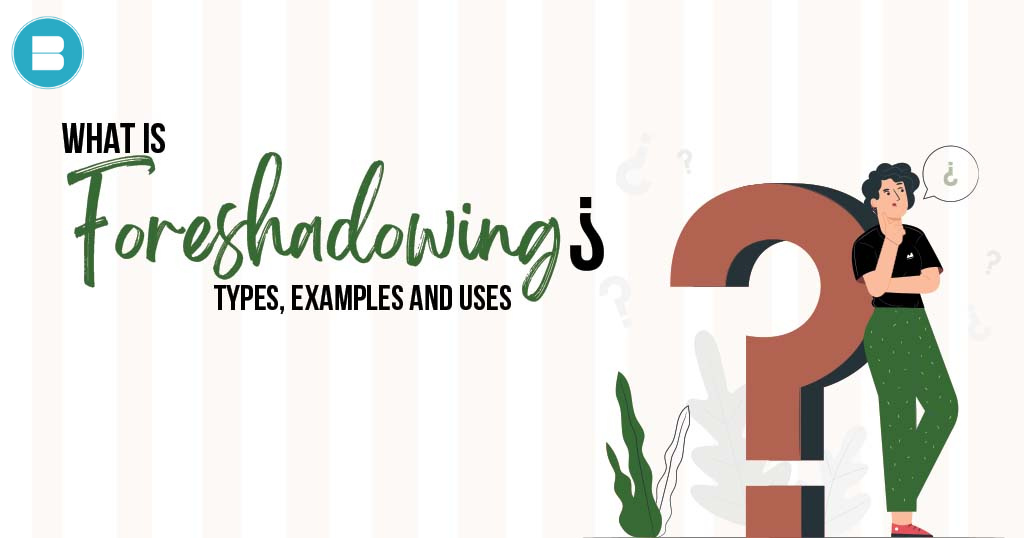
Foreshadowing: Definition, Types, Uses & Examples
Many people have a doubt “What is Foreshadowing“? Foreshadowing is a clever tool that scribes wield to give readers a sneak peek of what’s to come in a tale. When executed with finesse, it weaves a web of intrigue and anticipation that keeps readers on the edge of their seats. It paints a picture of what’s to come, be it a character’s actions or the outcome of a plot. This not only elevates a reader’s experience but also enriches the story’s message and allows readers to draw parallels with other literary works and themes. Read: List of 10 Most Popular Romance Novel Books in 2022. For example, in Samuel Taylor Coleridge’s poem “The Rime of the Ancient Mariner,” the act of the mariner killing the albatross serves as a powerful foreshadowing device. The albatross, a symbol of good fortune, is seen as a positive omen by the sailors. However, the mariner, without any apparent reason, kills the bird, foretelling the misfortunes that will befall the ship and its crew. The death of the albatross also symbolizes the mariner’s guilt and curse, which he cannot shake off. The sailors, recognizing the bird as a bad omen, attempt to hang it around the mariner’s neck. This foreshadowing of the albatross’s death creates a sense of unease and anticipation in the readers, as they know that something bad is going to happen as a result of the mariner’s actions, and it also serves to highlight the theme of guilt and the consequences of one’s actions. Read: Book Review – Fletcherism a Book by Vaishali Jog A particular line from Samuel Taylor Coleridge’s poem “The Rime of the Ancient Mariner” that highlights the use of foreshadowing is: “He prayeth best, who loveth bestAll things both great and small;For the dear God who loveth us,He made and loveth all.” This line, spoken by the mariner to the wedding guest, foreshadows the mariner’s eventual redemption and spiritual enlightenment. The mariner is expressing his understanding of the importance of loving all things and the power of prayer, which he learns through the suffering he experiences as a result of killing the albatross. This foreshadows the mariner’s eventual realization of the error of his ways and his ability to find forgiveness and redemption. This line also highlights the theme of love and redemption, which is a significant aspect of the poem. You may also like: Top 10 Hugo-Award Winning Novels You Must Read What are the two forms of Foreshadowing? Both forms of foreshadowing can be used together to create a sense of suspense and anticipation in the readers. Direct foreshadowing can be used to make the readers aware of what is to come, while indirect foreshadowing can be used to add depth and complexity to the story. You may also like: List of Nobel Prize Winners in India (Updated) What is Foreshadowing ? What is its importance in Literature? Foreshadowing is an important literary device that allows authors to: You may also like: The Rise of Self-Publishing and What it means for authors What is the difference between Foreshadowing, Flashback, and Flashforward? Foreshadowing, flashback, and flashforward are all literary devices that manipulate time in a story, although they are used in various ways. Foreshadowing is a technique used to foreshadow or hint at events that will occur later in the story. It builds suspense and anticipation by showing the reader a preview of what is to come, but it does not depict the action itself. Flashback is a method that disrupts the chronological order of events in a story to reveal a prior incident. It is used to provide context or to reveal a character’s motivations. Flashbacks are typically prompted by a specific incident in the present, and they frequently assist the reader in better understanding the current situation. Flashforward is a technique for displaying an event that will occur in the future. It is employed to generate suspense or to hint at the story’s outcome. Flashforwards are typically prompted by a specific incident in the present, and they frequently assist the reader in better understanding the current situation. Simply stating, foreshadowing is a technique used to hint at a future occurrence, flashback is a technique used to depict a previous event, and flashforward is a technique used to show an event that will happen in the future. Lets look into some examples to help you understand foreshadowing from your favourite novels: You may also like: Online Books Vs. Traditional Books | Pros and Cons In conclusion, I’d say that Foreshadowing is like a secret handshake between the writer and the reader, a subtle nod towards what’s to come. It weaves a web of intrigue and anticipation, painting a picture of what’s yet to be revealed. When executed with finesse, it keeps readers guessing and on the edge of their seats. It can be done in two ways, the direct and the indirect, both of which can be used to add layers of depth to a story. It’s like a trail of breadcrumbs leading readers to the climax, making the journey all the more exciting. Foreshadowing adds meaning to a story and helps readers draw parallels with other literary works and themes. It’s a powerful tool that elevates the reader’s experience and enriches the story’s message. Publish your book for free with BlueRoseONE and become a bestselling author. Don’t let your dream of becoming an author fade away, grab the opportunity now and publish your book – be it fiction, non fiction, poetry or more. Happy Reading!

